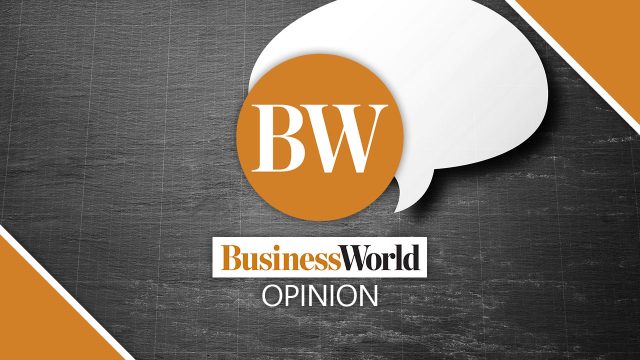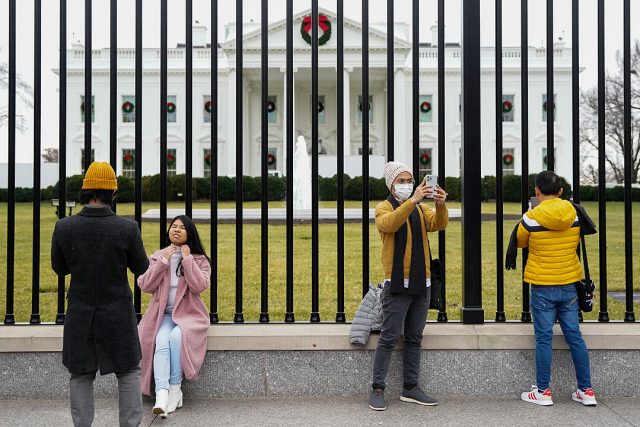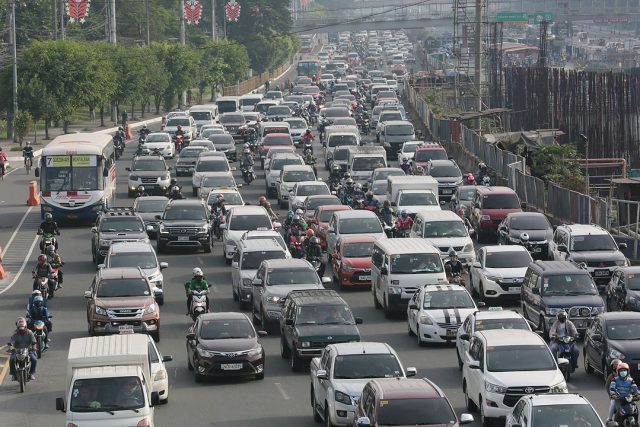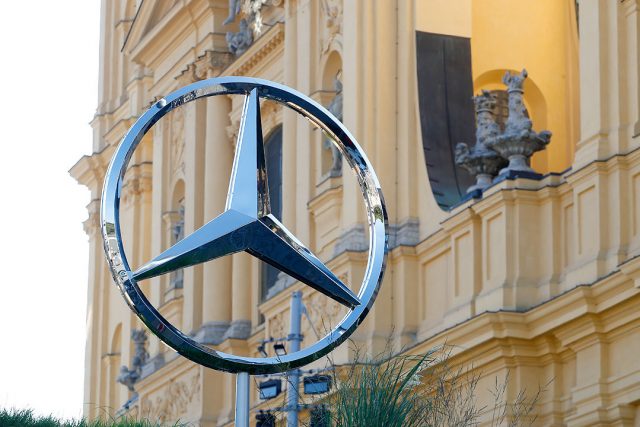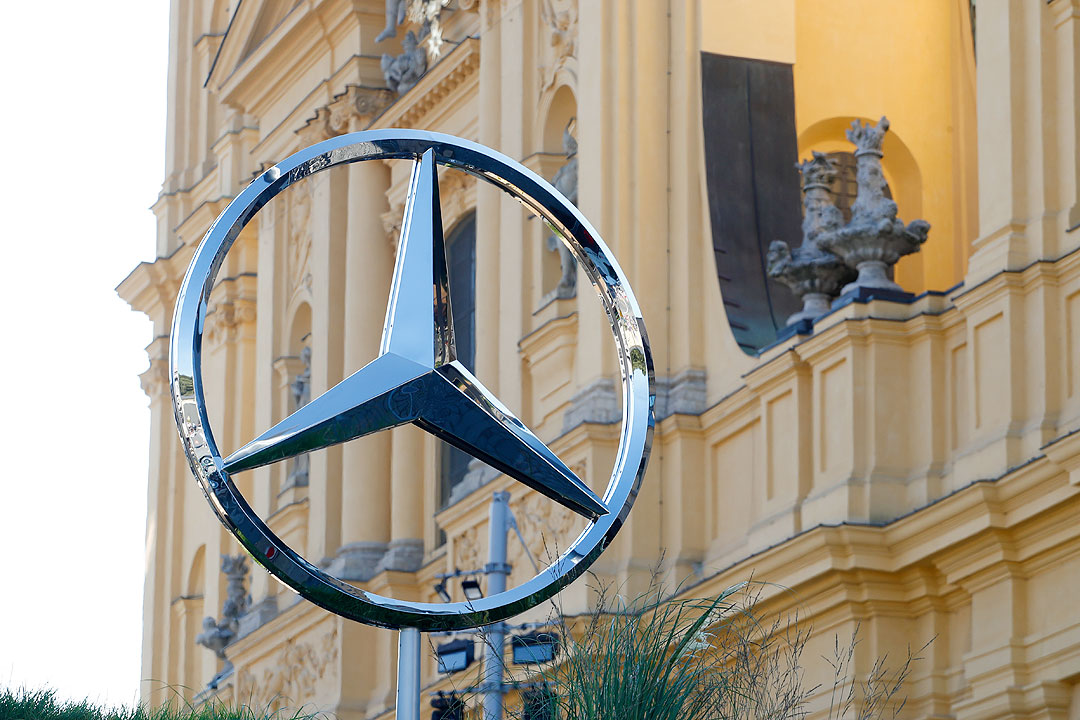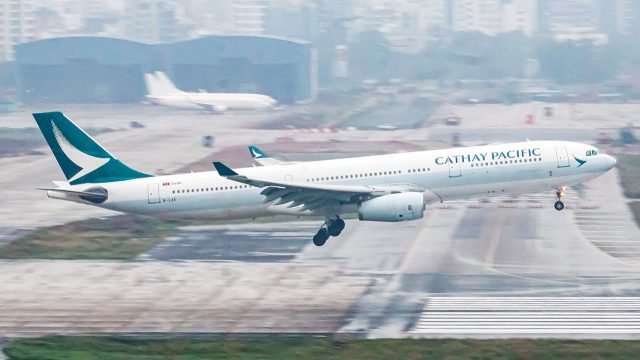Approaching midnight
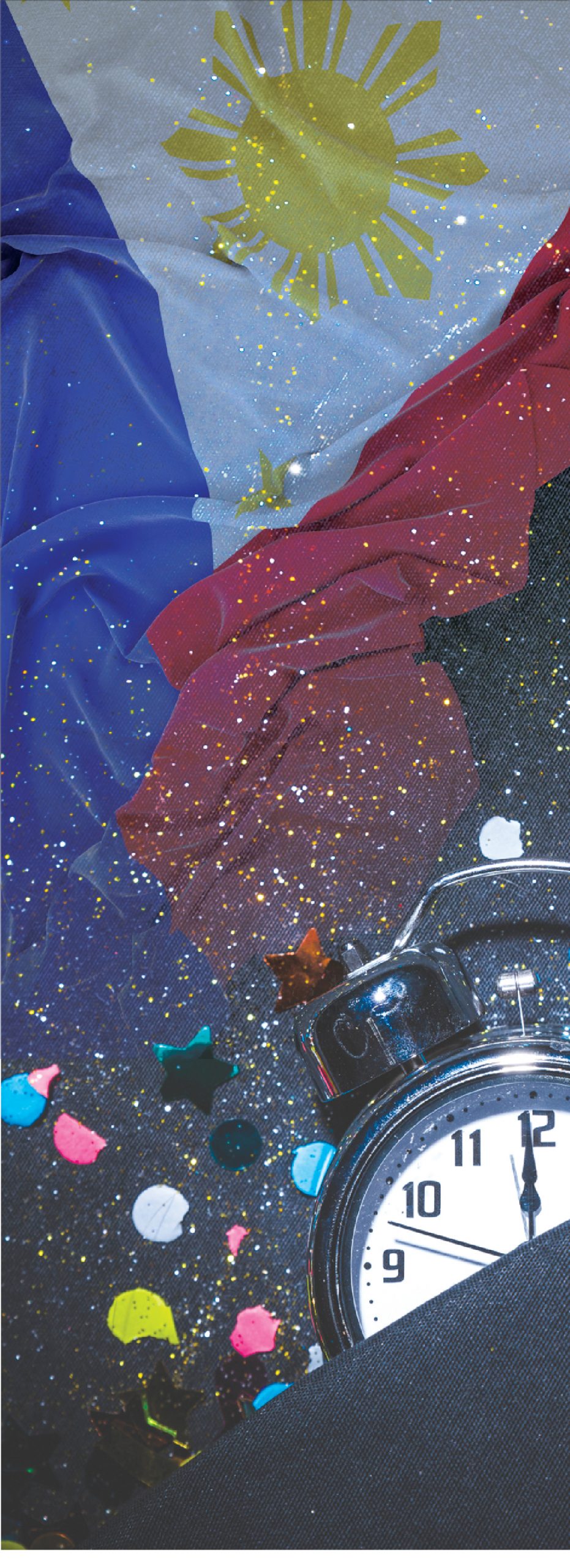
The number of the dead and injured and the toll on agriculture and infrastructure are still rising in the regions devastated by super typhoon Odette. It should be more than apparent that the country cannot long endure the costs of the increasingly more violent weather disturbances that afflict it annually.
Those disturbances have made the Philippines’ development, burdened by bureaucratic incompetence and corruption as it already is, even more problematic. This cannot continue without the passing of what little hope for a better future the population has. But Odette is also one more warning among many — floods in Europe and Malaysia, tornados of unprecedented power in the US Midwest — that the clock is ticking and approaching the midnight of human extinction.
Nearly 400 people have been killed by the winds and torrential rains of Odette. Communication facilities are still down, and so is electric power in many communities, where there are critical shortages in food and drinking water. Crammed into basketball courts, barangay halls, and other improvised evacuation centers, those who have lost their homes are in constant peril of COVID-19 and other infections. A surge in coronavirus cases in the affected areas in the coming weeks could reverse the currently low-risk status of the entire country.
The Philippines is in the path of the storms generated in the Pacific, and sits in the ring of fire that power earthquakes and volcanic eruptions. These disasters cost the country deaths and injuries as well as billions in property losses and livelihood that contribute to the poverty and want that already define the lives of millions of Filipinos. (The National Anti-Poverty Commission puts the number of poor Filipinos at 23%, but warns that many more are in danger of impoverishment because of loss of employment, the death of a breadwinner, or the impact of natural disasters.)
To lighten the costs in lives and property of the disasters that regularly befall the Philippines and its people, putting in place a national disaster mitigation program has always been among the primary responsibilities of any Philippine administration. But to the need for such a program has been added the necessity of incorporating in it provisions that will enable the Philippines to survive the onslaught of the increasingly more powerful weather disturbances wrought by global warming.
Indicative of how government has been remiss in the making of such a program and its failure to competently discharge its limited focus on disaster relief rather than risk reduction is the erratic and even non-existent reach of the food and other aid hundreds of communities need.
President Duterte’s excuse that the funds for disaster relief are no longer available has been challenged by some regime critics, given the billions specifically budgeted for that purpose. But Mr. Duterte has dismissed that argument and has promised to look for the funds needed to rehabilitate the devastated communities. In the meantime, however, it is mostly from foreign aid that the people in those places could get some relief — assuming, however, that the help the UN, Japan, the US and other countries course through government is not hijacked by the corrupt bureaucrats who infest the regime.
Such aid has never been as urgently needed. Not all of the 20 or so weather disturbances that enter the Philippine Area of Responsibility (PAR) make landfall. But even those that do not can influence the weather enough to bring rains and flooding as well as landslides. Depending on the power of their winds, the amount of rain they bring, and the number of places they batter, those that do make landfall can be even more devastating.
The COVID-19 pandemic is adding to the human cost of typhoon Odette. Already condemned to limited access to education, medical care, and other social services, the poor are also the most vulnerable to the contagion. But the threats to life, limb, and fortune from stronger typhoons, storm surges, and floods are bad enough in themselves. These phenomena are likely to intensify and to affect entire countries and the lives of everyone in them.
Social and natural scientists have described the climate crisis as a threat worse than nuclear annihilation to the future of organized human life — and among the countries most susceptible to it is disaster-plagued Philippines. But little is being done by either local governments or their national counterpart to protect the most vulnerable communities from flooding and storm surges. Rather than risk-reduction, which global warming has made more urgent, government response to disasters has been mostly reactive and limited to moving those affected to improvised evacuation centers, and — if at all — distributing food packs.
The residents of coastal communities in perennial danger from storm surges and those who live in places below average flood levels have not been provided the incentives, the means, and the opportunity to relocate. Some do manage to evacuate when typhoons smash into their communities. But they return to the same sites to repair or rebuild damaged or destroyed homes, and hence remain at risk.
Relocating can prevent the repetition of the same misfortunes. But without any assurance of access to sources of livelihood, to water, and to electric power in places they are unfamiliar with, few families decide to do so. The hundreds of millions spent on such costly absurdities as the Department of Environment and Natural Resources’ Dolomite Folly could have been better spent on, among others, providing endangered communities the incentives that could help reduce the annual typhoon death toll.
Together with such a feasible relocation program, however, a national plan could include the construction of a system of levees and sea walls along the country’s most vulnerable coastal areas. Additionally, a system of well thought-out and permanent evacuation centers could also be constructed, even as stricter engineering standards are implemented in the construction of roads, bridges, buildings, and homes.
Global warming has been attributed to the greenhouse gasses —carbon dioxide and methane among others — released into the atmosphere by the burning of fossil fuels and by the industries of such countries as the United States, the European countries, Japan, and China. Reducing such emissions to stop the rise in global temperatures to mitigate or put a stop to it is mostly those countries’ responsibility. They have to forge and implement working agreements to regulate their environmentally destructive industries and reduce the amount of pollutants from other sources discharged into the atmosphere. There are existing conventions such as the Paris Climate Agreement and the Kyoto Protocol for that purpose. But their full implementation is plagued by the industrialized countries’ hesitancy in regulating the industries responsible.
On its part, the Philippines should make the use of alternative sources of power generation mandatory, together with the rigorous implementation of the Clean Air Act (RA 8749). It can contribute to the global imperative of halting a threat to organized human life by adopting a national plan devised by marine scientists, environmentalists, and other experts to mitigate the impact of disasters on the most vulnerable sectors of the population of this island nation.
The alarm bells have long been ringing about the threat of climate change, but the governments of most countries — and certainly that of the Philippines — have not paid much attention to it as they threaten to morph into a death knell for the entire planet. Not only a national plan is needed. A truly global program to address climate change is also imperative. The demonstration effect of the ravages of typhoons on the Philippines could help convince the rest of the world of its urgency.
Luis V. Teodoro is on Facebook and Twitter (@luisteodoro).
www.luisteodoro.com



